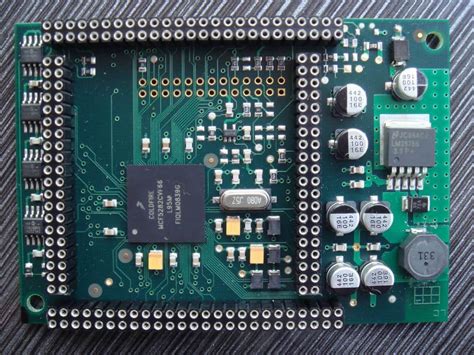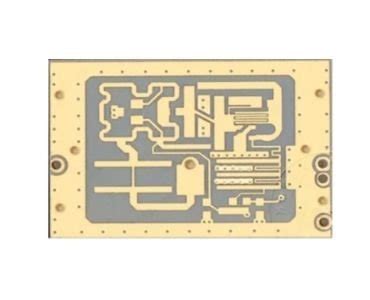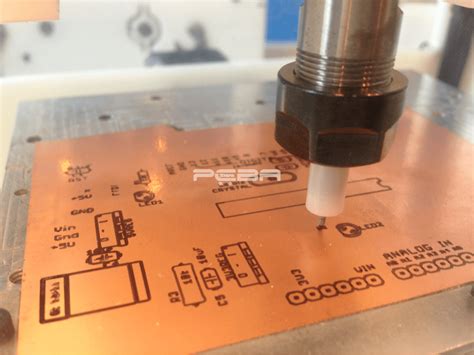Essential Guide to Custom PCB Prototype Development
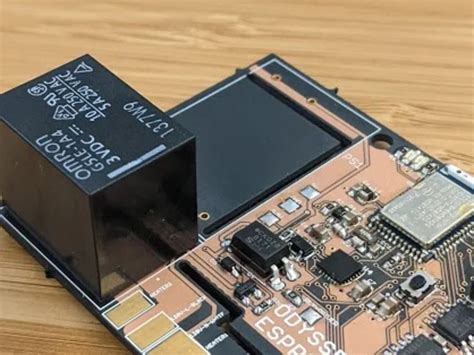
Key Takeaways
Understanding custom PCB prototypes is essential for anyone involved in electronics, whether you are an engineer or a hobbyist. Effective prototyping hinges on a solid grasp of both the design and the manufacturing aspects. When you start your journey in PCB manufacturing, choosing the right design can significantly influence the overall cost and functionality of your prototype. Remember, various PCB manufacturing companies may offer different pricing structures based on the complexity and material used; thus, it’s wise to request multiple quotes to compare PCB manufacturing costs effectively.
In your collaboration with PCB manufacturing businesses, clear communication regarding specifications and production capabilities is crucial. It can help prevent misunderstandings that might lead to costly revisions later on. Avoid common pitfalls by planning for adequate testing and validation processes, ensuring that your prototype meets its intended purpose before moving into broader production.
“Always prioritize quality assurance in your prototype process; it’s often more cost-effective than waiting to address issues later.”
Embrace best practices at every stage of development to enhance project outcomes and efficiency. Keeping an eye on future trends within custom PCB prototyping technology will also prepare you for advancements that can further refine your projects, making them more competitive in an ever-evolving market.
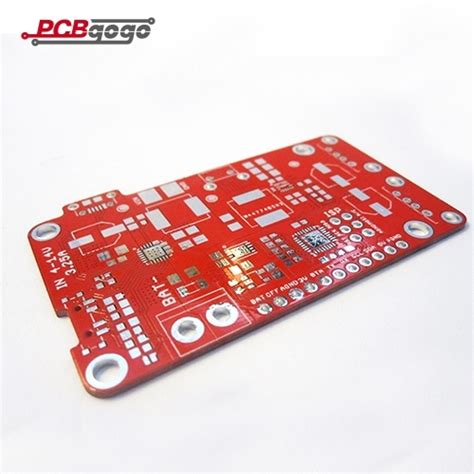
Understanding the Basics of Custom PCB Prototypes
When embarking on your journey to create a custom PCB prototype, it’s crucial to first understand the fundamental principles behind it. A well-designed prototype serves as the blueprint for your final product, and clear design considerations are essential for successful outcomes. One of the primary objectives is to ensure that your design effectively meets functional requirements while optimizing pcb manufacturing processes. This include selecting the appropriate pcb manufacturing companies that can align with your specific needs — whether you’re a hobbyist or a professional engineer.
Understanding the pcb manufacturing cost can significantly impact your prototyping process as it influences choices regarding design complexity and material selection. A solid grasp of these costs allows you to budget effectively, ensuring that the prototype you develop is both innovative and economically feasible. In addition, establishing a strong relationship with your chosen pcb manufacturing business will streamline communication, leading to more efficient revisions and quicker turnaround times.
Ultimately, recognizing these essential aspects will empower you to make informed decisions during the prototyping phase, laying a strong foundation for subsequent steps in your project and ensuring that your vision exemplifies both quality and functionality.

Key Design Considerations for Effective PCB Prototyping
When embarking on the journey of custom PCB prototyping, understanding the intricacies of design is crucial to the success of your project. First and foremost, you should consider the layout of your circuit — effective organization can lead to vastly improved performance and ease of assembly. Pay attention to aspects like signal integrity, trace routing, and component placement. For instance, using shorter traces can help in minimizing signal loss and interference.
Moreover, consider the PCB manufacturing cost, which often influences your material choices and design complexity. Each component in your design adds to the overall cost, so you must balance functionality with budget constraints. Collaborating with reputable PCB manufacturing companies can help simplify this process, as they often provide valuable insights into cost-effective methods without compromising quality.
Another essential point is ensuring that your design adheres to industry standards and practices. Adopting standard sizes and components not only aids in compatibility with existing technologies but also enhances manufacturability by facilitating smoother production processes in PCB manufacturing businesses. Furthermore, by conducting thorough simulations and reviews before finalizing your design, you can detect potential issues early on, thus reducing waste during the manufacturing phase.
By focusing on these design considerations alongside clear communication with PCB manufacturing service providers, you set a solid foundation for a successful prototype that meets both functional requirements and budgetary limitations. This thoughtful approach ultimately leads to more effective prototyping outcomes that align with your project goals.
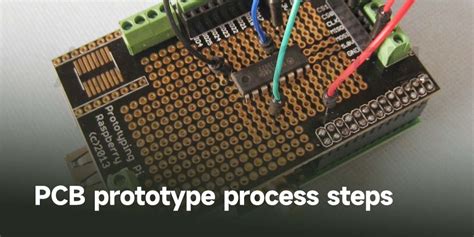
Choosing the Right Materials for Your PCB Prototype
When embarking on the journey of custom PCB prototype development, the choice of materials is pivotal. Selecting the right substrates, copper thickness, and solder mask can significantly influence your prototype’s performance and integrity. For instance, if you’re working on a high-frequency application, materials such as FR-4 or Roger’s Board may be more suitable due to their excellent electrical characteristics. Additionally, you should consider the pcb manufacturing cost associated with different materials; sometimes opting for a less expensive option can lead to compromises in functionality or durability.
Take into account how various pcb manufacturing companies might source their materials; sustainability and quality assurance can vary significantly from one supplier to another. When you choose high-quality components, you may notice an increase in initial investment, but this often pays off in reduced long-term costs due to fewer failures and replacements.
Incorporating a deeper understanding of your project’s specifications will guide you toward making informed decisions regarding material selection. Your choice impacts not only the pcb manufacturing business aspect but also how well your prototype will perform under real-world conditions. Remember that thorough research on appropriate materials not only ensures a successful prototyping phase but also sets a solid foundation for future developments in your projects.
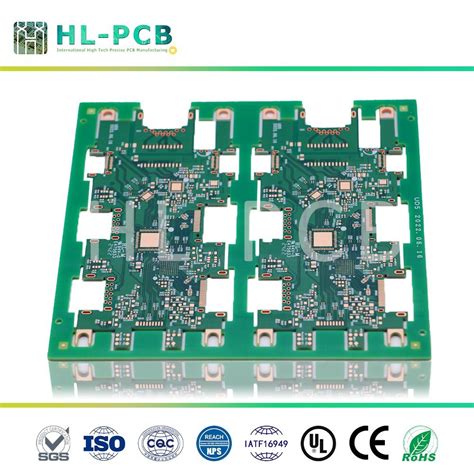
The Manufacturing Process: From Concept to Creation
The journey of transforming your ideas into a physical product begins with the pcb manufacturing process, a critical stage in custom PCB prototype development. You start with a well-defined design, but the question remains: how do you efficiently move from this design to a functional prototype? Partnering with reliable pcb manufacturing companies can significantly enhance your project’s success. These companies utilize advanced technology to ensure precision in every layer of your PCB. The pcb manufacturing cost can vary based on factors such as complexity, material selection, and production volume; understanding this cost from the outset can help you budget effectively and avoid surprises down the line.
One key aspect of achieving quality prototypes lies in the methods employed during production. Techniques such as photolithography and etching are commonplace, and they play an essential role in defining both functionality and aesthetics in your PCB prototype. As you navigate this phase, don’t underestimate the importance of selecting the right materials that align with the specifications of your project. Engaging a knowledgeable pcb manufacturing business will also provide you insights into optimal manufacturing techniques that suit your prototype’s intended application.
Remember that effective communication with your chosen manufacturer is vital throughout this process; sharing insights about your design can lead to better outcomes and facilitate adjustments if needed. By working collaboratively during this stage, you lay a strong foundation for future testing and validation phases—ensuring that when it comes time to test functionality, your prototype will perform as desired.
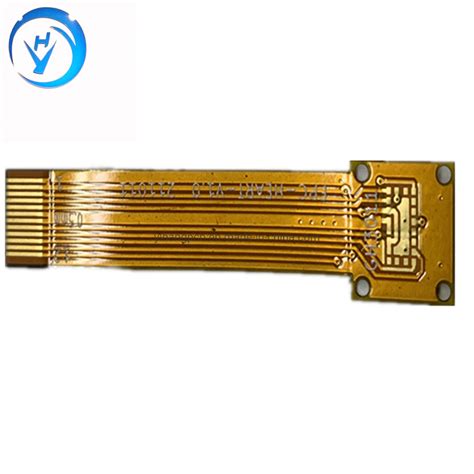
Testing and Validation: Ensuring Prototype Functionality
Testing and validation are crucial phases in the custom PCB prototyping process, ensuring that your design functions as intended. Before starting the actual pcb manufacturing, it’s essential to conduct thorough testing to minimize potential issues. First, you will want to verify all connections and components through a basic visual inspection. After that, perform electrical testing using multimeters and oscilloscopes to confirm that the pcb manufacturing cost does not exceed expectations due to unforeseen errors.
Consider developing a series of tests tailored to your specific project requirements. These may include functional tests, environmental tests, and possibly some endurance testing depending on the intended application of your PCB. Keep in mind that pcb manufacturing companies often have integrated testing services which can help streamline this process.
Here’s a useful table outlining common tests for PCB prototypes:
| Test Type | Description | Purpose |
|---|---|---|
| Visual Inspection | Check components’ placement and soldering | Identify obvious faults |
| Continuity Test | Use multimeter to check electrical connections | Ensure no open circuits |
| Functional Test | Check if the PCB operates under real conditions | Validate functionality against specifications |
| Environmental Test | Subject prototype to heat/cold conditions | Assess performance in extreme environments |
By investing effort in robust testing protocols now, you can make informed decisions for your pcb manufacturing business later on. This proactive approach not only saves costs but also enhances reliability and overall performance in your final product.
Common Challenges in PCB Prototyping and How to Overcome Them
When you embark on the journey of custom PCB prototyping, you may encounter several challenges that can hinder your project’s success. One of the most prevalent issues is design complexity. It is crucial to ensure that your design translates well into a working prototype; otherwise, you might face elevated PCB manufacturing costs due to redesigns and reworks. Collaborating with experienced PCB manufacturing companies can help mitigate this risk, as they often provide valuable insights during the design phase.
Another challenge is the selection of materials. Different applications require different materials, and choosing the wrong one can affect your prototype’s performance and reliability. Always prioritize thorough research on material properties and compatibility with your intended application. This attention will ultimately reduce costs in the long run.
Furthermore, timelines can become a significant hurdle due to unpredictable issues in the manufacturing process. To combat this, establish clear communication with your PCB manufacturing business, allowing for transparency about timelines and any potential delays. Building a relationship with reliable suppliers not only helps streamline production but also ensures that you are aware of any changes that might affect delivery schedules.
Finally, rigorous testing is essential to validate your prototype’s functionality, but it can be time-intensive and budget-draining. To address this challenge, consider integrating testing throughout each phase of development rather than relegating it to the final stage. This proactive approach allows for quicker iterations and adjustments, ultimately leading to a more successful prototype creation.
By staying aware of these challenges and proactively seeking solutions through collaboration with professionals in PCB manufacturing, you can navigate the prototyping process more efficiently, paving the way for innovative projects that meet both functionality and cost-effectiveness criteria.
Best Practices for Collaboration in PCB Development Projects
Successful collaboration in PCB development projects requires clear communication and a well-defined workflow. It is essential to assemble a team that includes not only engineers but also stakeholders from different backgrounds who can provide diverse perspectives. When selecting PCB manufacturing companies, ensure that they are aligned with your project goals and can offer support at each stage of the process, from design to manufacturing. Establishing a comprehensive project timeline can help manage expectations and align the team’s efforts towards meeting deadlines, ultimately reducing the overall PCB manufacturing cost.
Utilize collaborative tools that facilitate real-time sharing of designs and feedback. This helps to quickly address any issues or modifications necessary during the prototyping phase. Furthermore, maintaining an open line of communication allows you to solicit input and insights from team members, resulting in more innovative designs and solutions. Be mindful of your chosen pcb manufacturing business, as a partnership with a reputable manufacturer can significantly streamline production processes and enhance overall project success.
Lastly, regular reviews of progress can be beneficial, ensuring that all aspects of the project are on track while allowing for necessary adjustments early on. Creating an environment where every team member feels valued fosters a positive atmosphere conducive to innovation and effective problem-solving.
Future Trends in Custom PCB Prototyping Technology
As you delve into the world of custom PCB prototyping, it’s essential to stay updated on the emerging trends that could shape your projects. The landscape of PCB manufacturing is rapidly evolving, influenced by advances in technology and shifts in market demand. One significant trend is the increasing automation within PCB manufacturing companies. This not only enhances efficiency but also reduces PCB manufacturing costs, making it more accessible for small businesses and hobbyists alike. Additionally, there’s a growing emphasis on sustainability, with many manufacturers exploring eco-friendly materials and processes, thereby addressing environmental concerns while meeting production needs.
Moreover, the integration of smart technology into prototyping processes is becoming commonplace. This trend allows for real-time data feedback during the production stage, enabling quicker troubleshooting and adjustments. As you look toward future projects, consider how these advancements might impact your approach to custom PCB prototype development. Staying informed about these trends will allow you to leverage new opportunities in the PCB manufacturing business, positioning yourself ahead of competitors who may not yet be adapting to these technological shifts. Embracing innovation can not only enhance the quality and functionality of your prototypes but also streamline production timelines significantly.
Conclusion
In summary, navigating the world of custom PCB prototype development is a multi-faceted journey that you can embark on with clear direction and understanding. Throughout this process, you will encounter various stages that require careful consideration, from initial design to the final manufacturing stages. One of the essential elements that you need to keep in mind is the role of pcb manufacturing. Understanding how pcb manufacturing companies operate can greatly impact your project’s success, especially when it comes to controlling pcb manufacturing cost.
You should prioritize selecting a reliable pcb manufacturing business, as this will contribute significantly to your prototype production quality and turnaround time. By focusing on quality materials and adhering to best practices during the design phase, you can streamline the manufacturing process. Equally important is conducting thorough testing and validation post-manufacture, ensuring that your prototype meets the functional requirements you’ve specified.
It’s crucial not only to anticipate common challenges in this field but also to remain adaptable as technology evolves. As trends shift in custom PCB prototyping, being proactive will position you well for future innovations, keeping your projects at the forefront of technological advancement. Recognizing these dynamics allows for a more strategic approach in managing both costs and time while ensuring successful outcomes for every project you undertake.
FAQs
What is custom PCB prototype development?
Custom PCB prototype development involves creating tailored printed circuit boards based on specific requirements of a project. It encompasses the entire process, starting from initial design through to manufacturing.
How do I select the right PCB manufacturing company?
You should look for pcb manufacturing companies with a strong reputation, proven experience in your required specifications, and a track record of quality control. You might also consider their customer service and ability to meet your deadlines.
What factors influence the PCB manufacturing cost?
The pcb manufacturing cost can be influenced by several factors, including design complexity, material choices, layers of the PCB, and quantity. Keeping an eye on these components can help you manage expenses effectively.
Are there common challenges in custom PCB prototyping?
Yes, challenges such as design errors, choosing appropriate materials, and ensuring manufacturability are common. It’s crucial to address these issues early to prevent costly mistakes during the pcb manufacturing business process.
How can I ensure my prototype functions correctly?
It’s essential to conduct thorough testing and validation post-manufacturing. Using simulation tools during design can also help identify potential issues before production.





